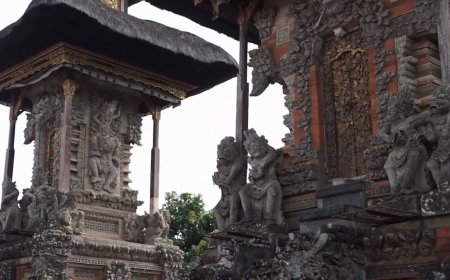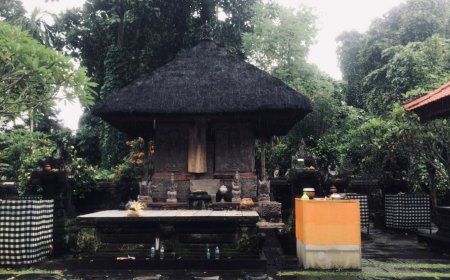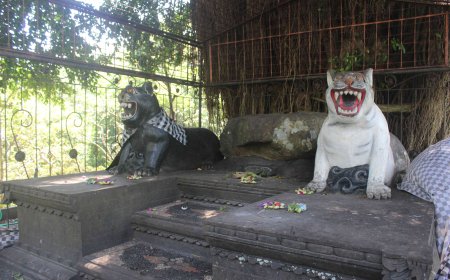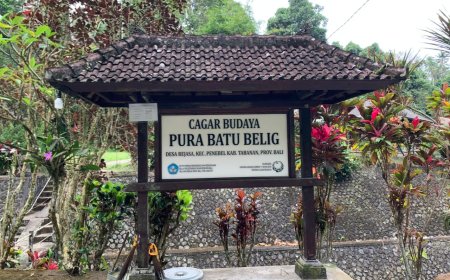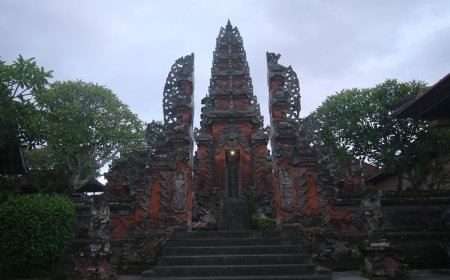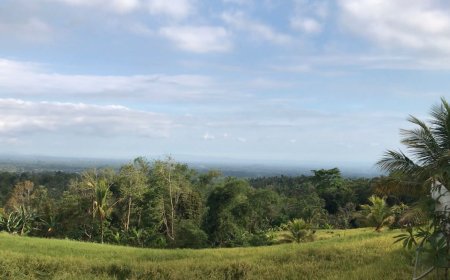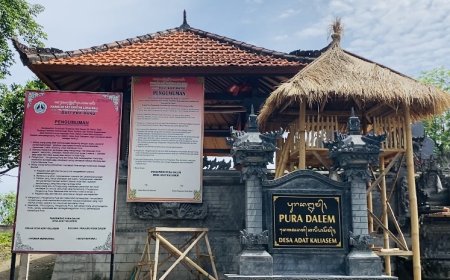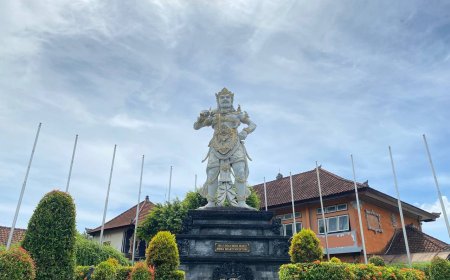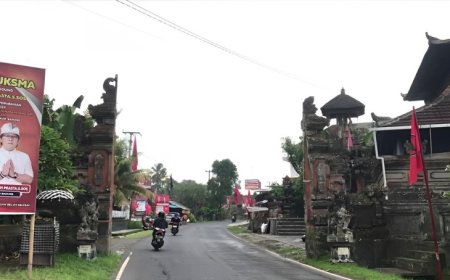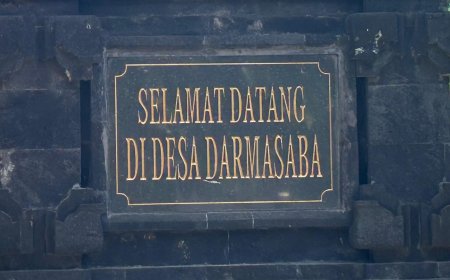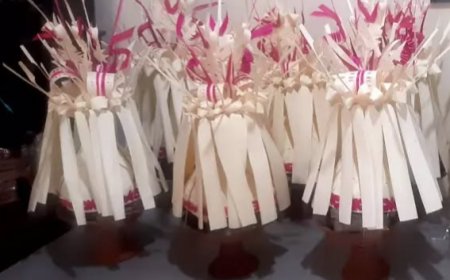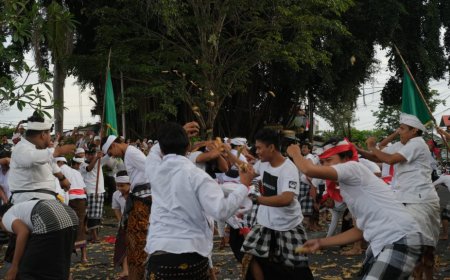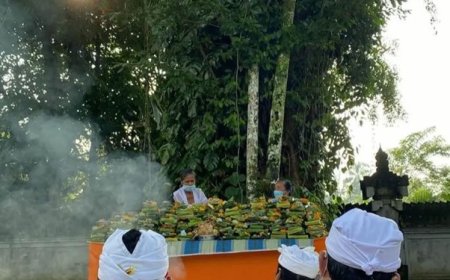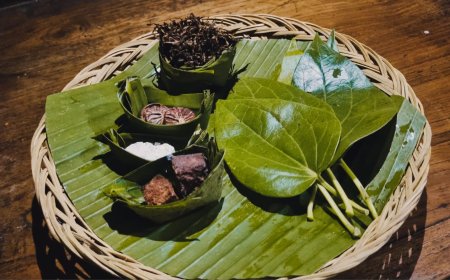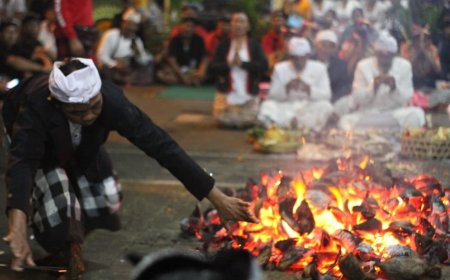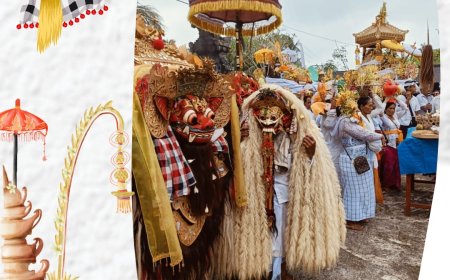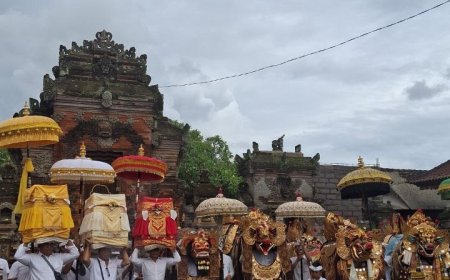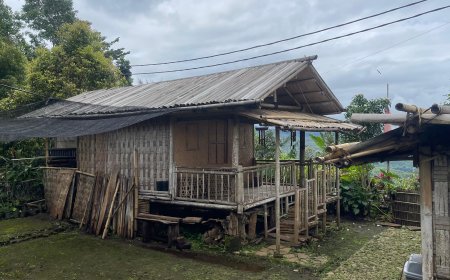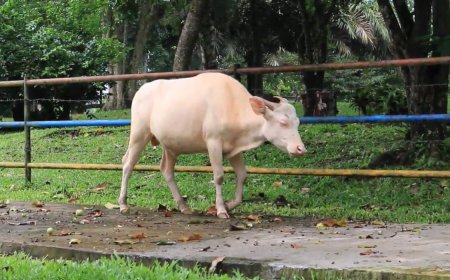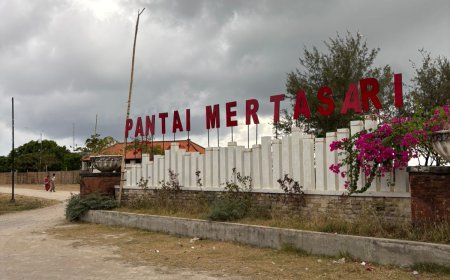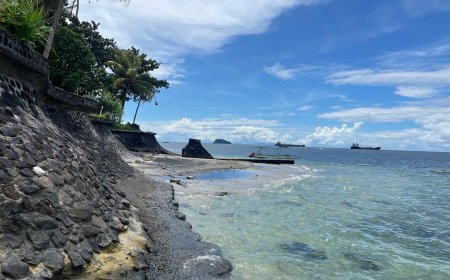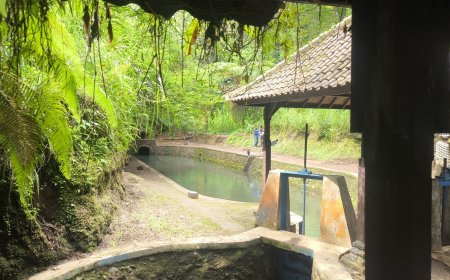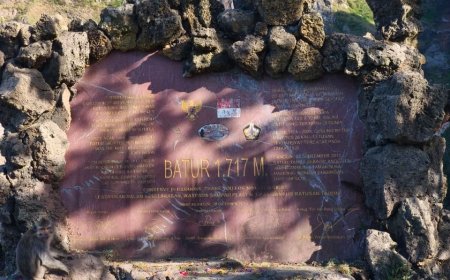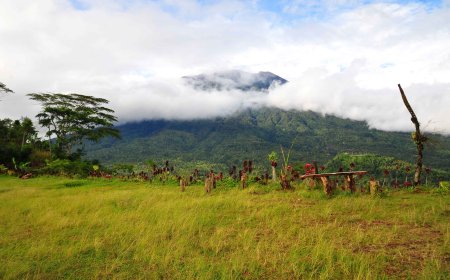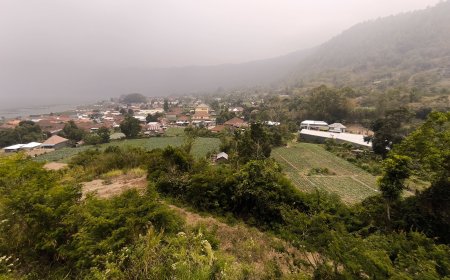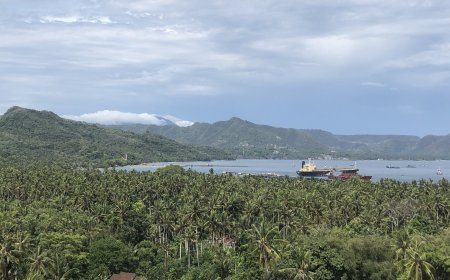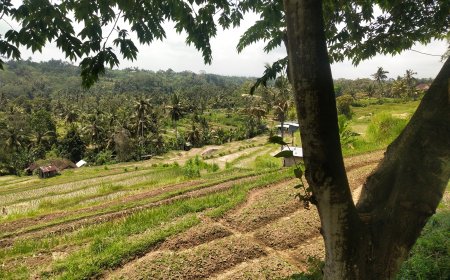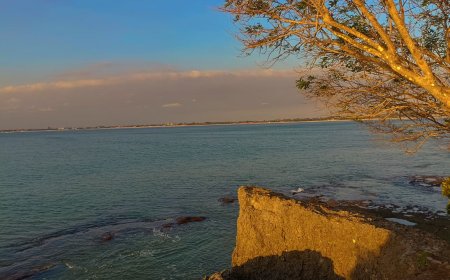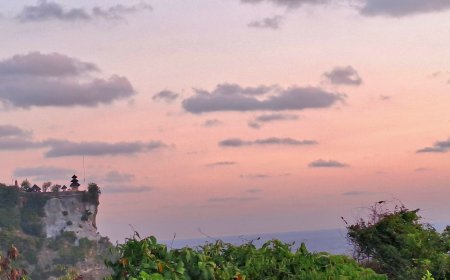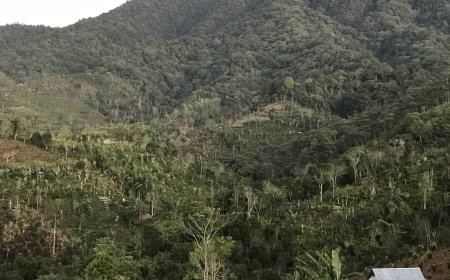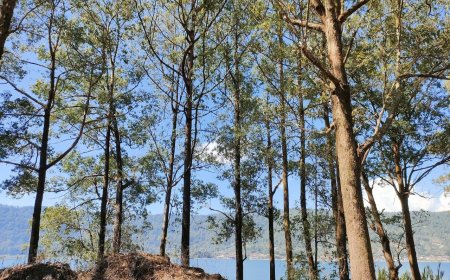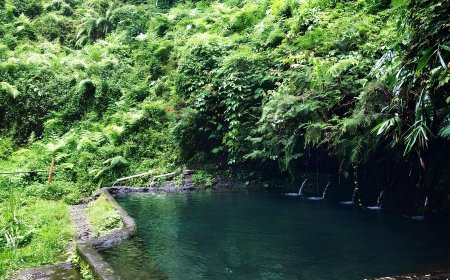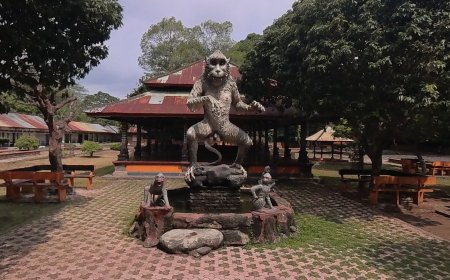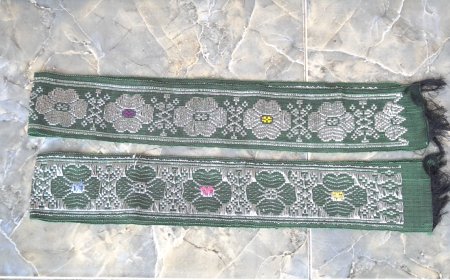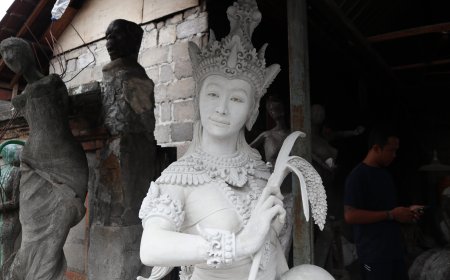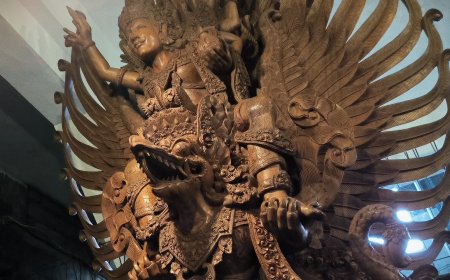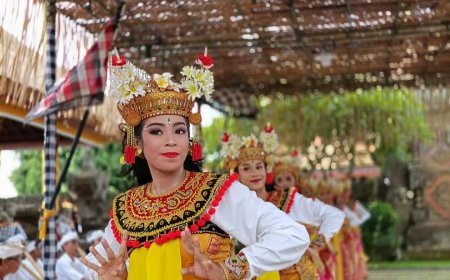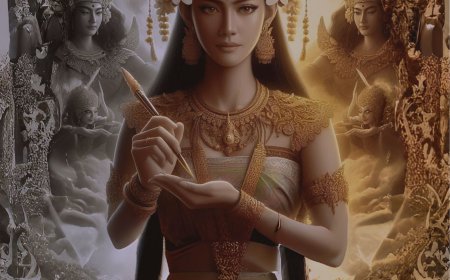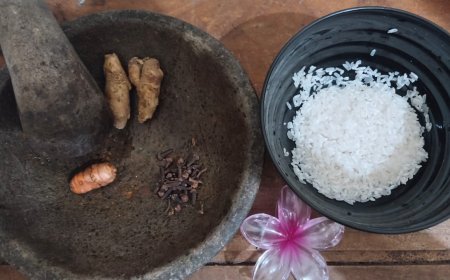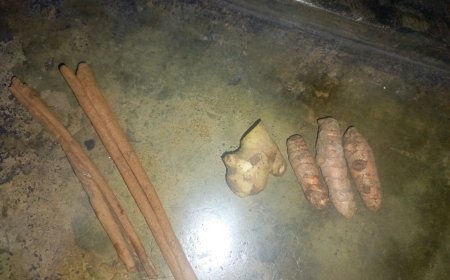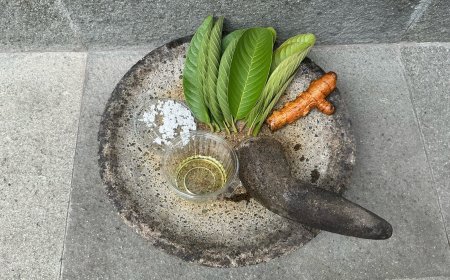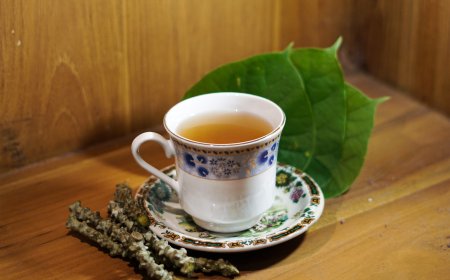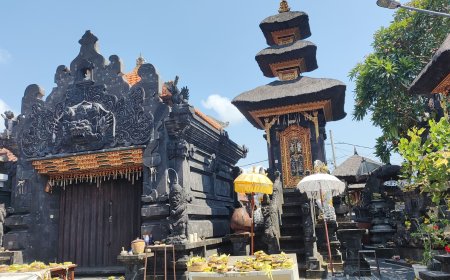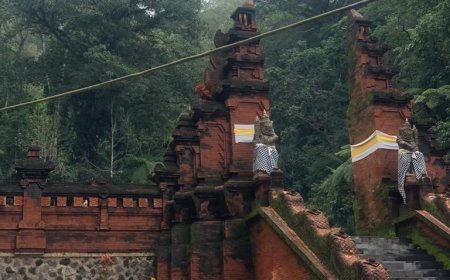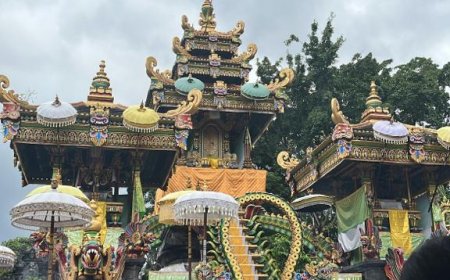Desa Sedang Puseh Temple: A Unique Blend of Tradition and Spiritual Harmony
Desa Sedang Puseh Temple serves as a key spiritual center in Desa Adat Sedang, Bali, renowned for its unique traditions and profound spiritual values. As part of the Kahyangan Tiga, the temple represents the sacred connection between the local community, their ancestors, and the universe. Surrounded by lush green subak rice fields, the temple’s exquisite architecture combines deep religious significance with remarkable aesthetic appeal.
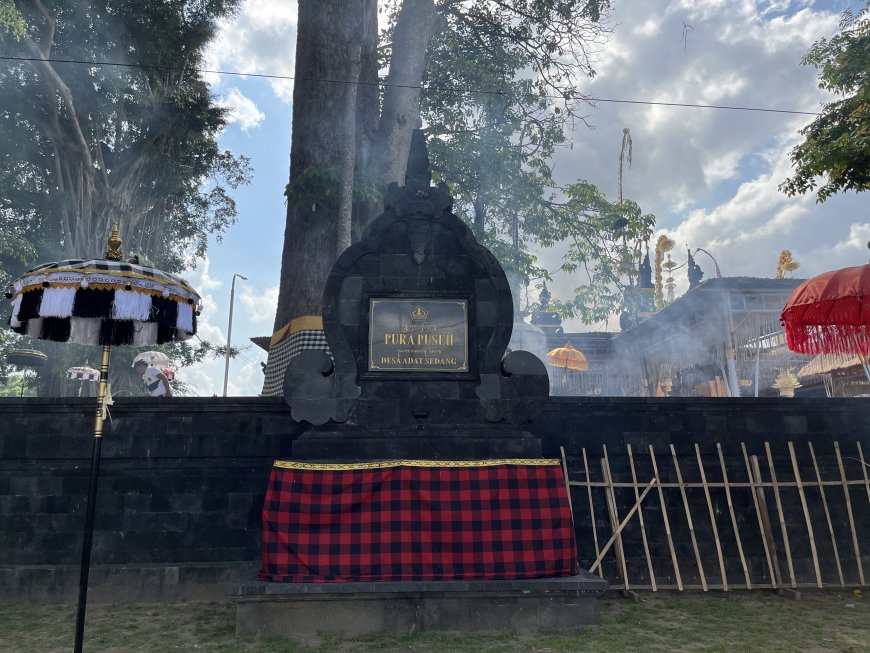
Puseh Temple is one of the oldest temples in Bali and serves as the center of religious activities for the people of Desa Sedang. The name "Puseh" itself signifies a place of worship dedicated to Ida Sang Hyang Widhi Wasa in His manifestation as Dewa Wisnu, representing the protector and preserver of life. The temple's location in the upper part of the village reflects its significant role in maintaining the spiritual balance of the local community.
The architecture of this temple showcases the craftsmanship of the local community in the art of Balinese carving. The temple's split gate (candi bentar), meru towers, and pelinggih shrines are adorned with traditional ornaments that carry symbolic meanings. Every detail of the temple reflects the harmony between humans, nature, and the Creator, known as the Tri Hita Karana concept.
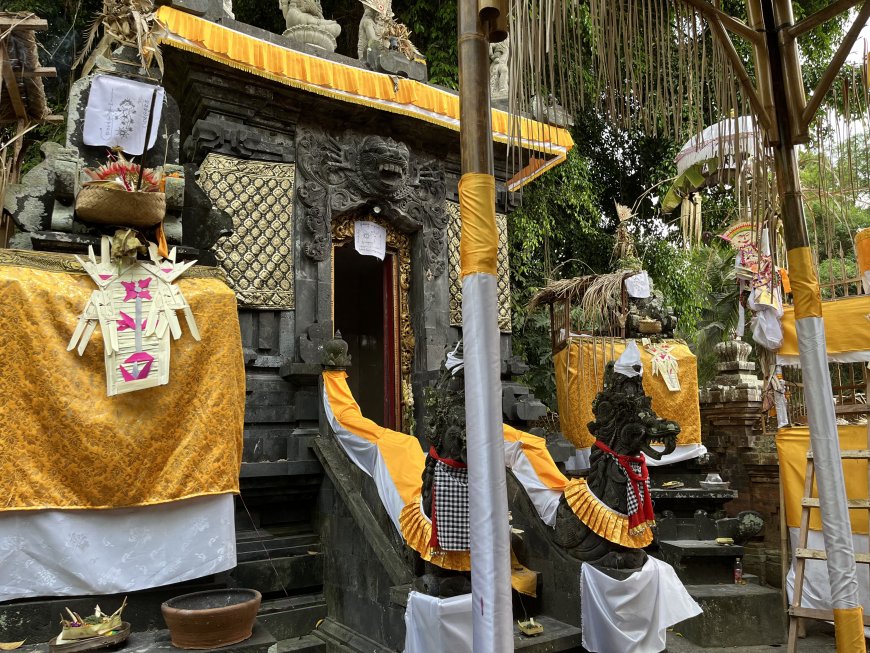
Gedong Pura Beji Puseh (Source: Personal Collection)
The architectural uniqueness is also evident in the various shrines within the temple complex, each serving a specific spiritual function. For example, Beji Puseh Temple (Dasa Mala), which serves as a sacred water source, has a structure designed to create a serene and sacred atmosphere, leaving a deep impression on every visitor.
As a spiritual center, Puseh Temple hosts various religious ceremonies of high sacred value. One of the most captivating traditions is the Karya Agung Ceremony, a form of gratitude by the local community for the blessings of life. This series of events includes various processions such as Melasti, Mendak Agung, and Tawur Balik Sumpah Agung.
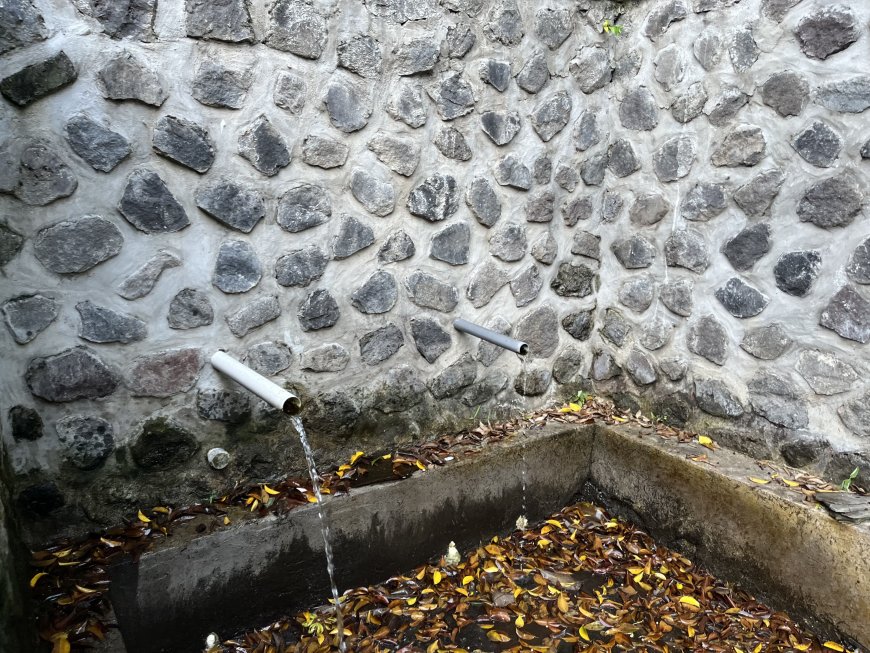
Pancoran Beji Puseh (Source: Personal Collection)
Melasti, as part of the Karya Agung series, is performed at a sacred water source to cleanse oneself physically and spiritually. Water from Beji Puseh Temple (Dasa Mala), believed to have healing properties, is used during this ceremony. This procession highlights the importance of water as a source of life and a symbol of purity.
In addition, Mendak Agung becomes a significant moment when the community brings large offerings to Puseh Temple. These offerings symbolize gratitude and prayers to the deities to maintain the balance of the universe. This tradition also serves as an opportunity for the community to strengthen social bonds and instill spiritual values in younger generations.
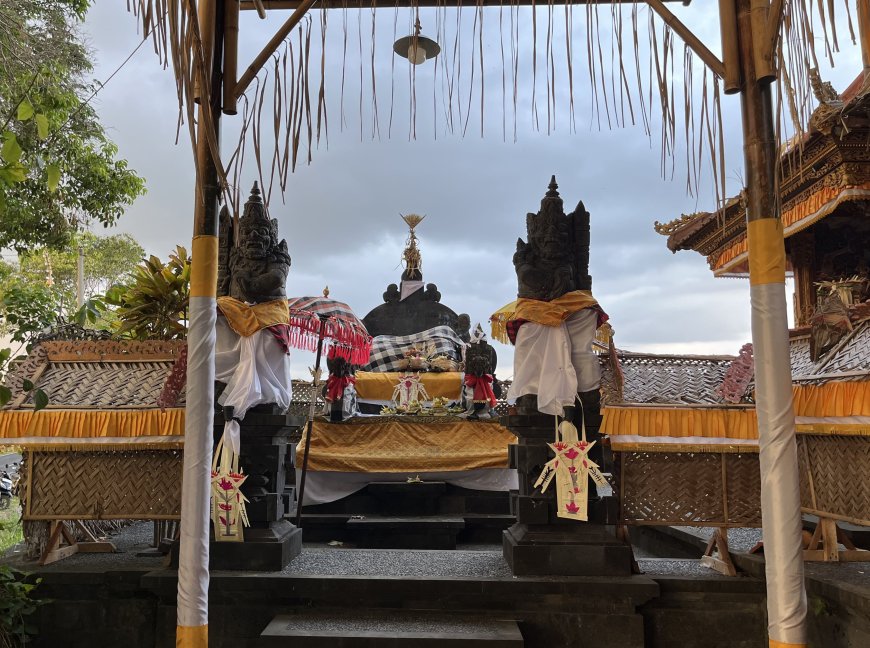
Tuwed Temple (Source: Personal Collection)
The presence of Tuwed Temple Ida Bhatara Ratu Mas within the Puseh Temple complex is another important element. This temple is dedicated to the worship of ancestors and the village’s protective deity, adding a spiritual dimension to every traditional procession. Offerings made here are not only an expression of gratitude but also a reinforcement of harmony between humans and divine powers.
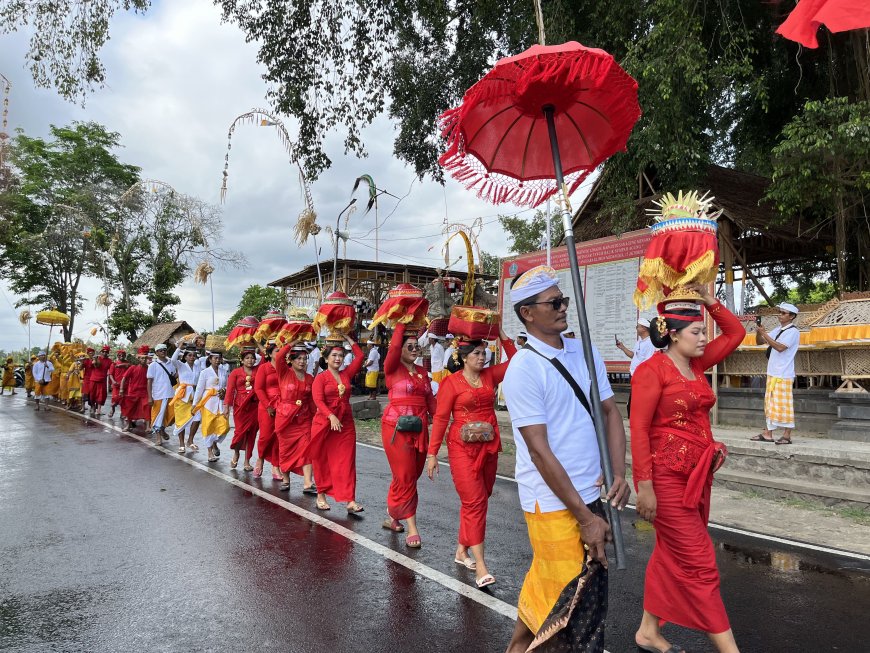
Nyenuk (Source: Personal Collection)
Every procession at Desa Sedang Puseh Temple serves as a key spiritual center in Desa Adat Sedang, Bali, renowned for its unique traditions and profound spiritual values. As part of the Kahyangan Tiga, the temple represents the sacred connection between the local community, their ancestors, and the universe. Surrounded by lush green subak rice fields, the temple’s exquisite architecture combines deep religious significance with remarkable aesthetic appeal. The harmonious blend of visual splendor and spiritual serenity emanating from every corner of the temple provides a profound sense of peace and connection for visitors and local worshippers alike. is adorned with traditional attire rich in color and symbolism, directly reflecting and supporting the spiritual harmony that is the essence of these ceremonies. The symbolism in the colors and patterns of the attire not only enhances the aesthetic but also affirms spiritual values such as purity, courage, and peace, which form the foundation of the relationship between humans, ancestors, and the Creator. The attire worn during the processions is typically white, symbolizing purity. However, for certain events like Ayaban Nyenuk, participants wear brightly colored garments such as red, yellow, green, and blue, each with its own spiritual meaning:
- Red: represents courage and the spirit of life.
- Yellow : represents wisdom and purity.
- Green: represents fertility and life.
- Blue: represents peace and tranquility.
This attire not only serves as an aesthetic element but also conveys a message of harmony in diversity. During each procession, the people of Desa Sedang demonstrate how traditions can serve as a medium to maintain social and spiritual harmony.
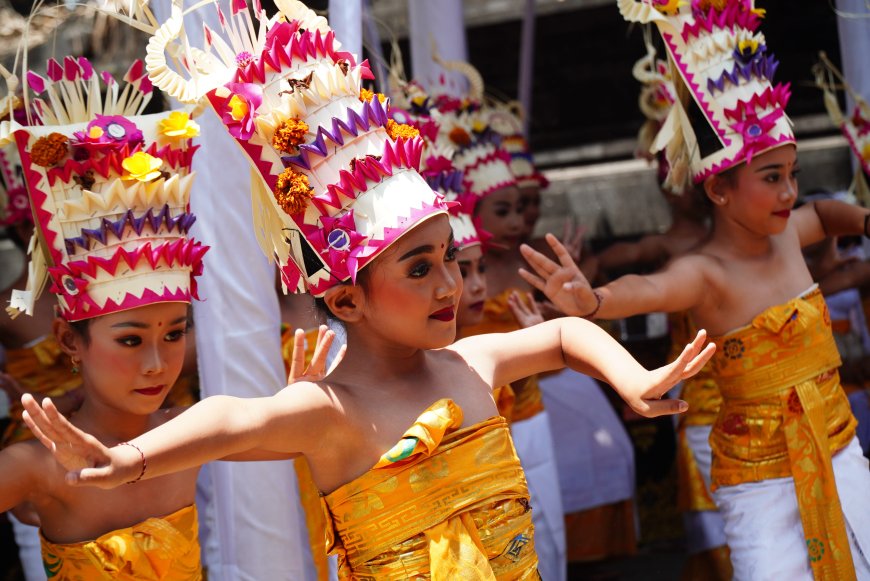
Rejang Dewa Dance (Source: Personal Collection)
In addition to processions rich in symbolism, sacred dances are also essential elements of religious ceremonies at Puseh Temple. One such dance is Rejang Dewa Dance, a sacred dance usually performed by the village’s women as an offering to the gods. This dance is accompanied by Balinese gamelan music, creating a solemn and sacred atmosphere.
The graceful movements of Tari Rejang Dewa symbolize respect and gratitude to Ida Sang Hyang Widhi Wasa. In the context of Puseh Temple, this dance is considered a spiritual bridge connecting humans with divine forces. The dancers wear traditional attire in bright colors such as yellow and white, reflecting purity and wisdom.
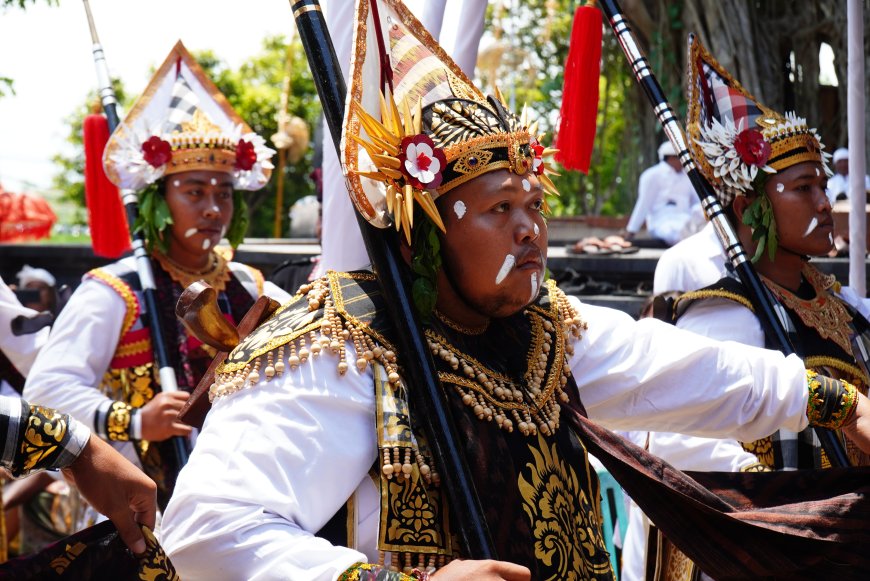
Baris Dance (Source: Personal Collection)
Another dance often performed is the Baris Dance, usually performed by men as a symbol of courage and devotion. The bold and spirited movements reflect the determination of the people of Desa Sedang in preserving their ancestral traditions. Baris Dance not only highlights the beauty of movement but also serves as a medium to honor the gods and ancestors, who are believed to protect and bless the community.
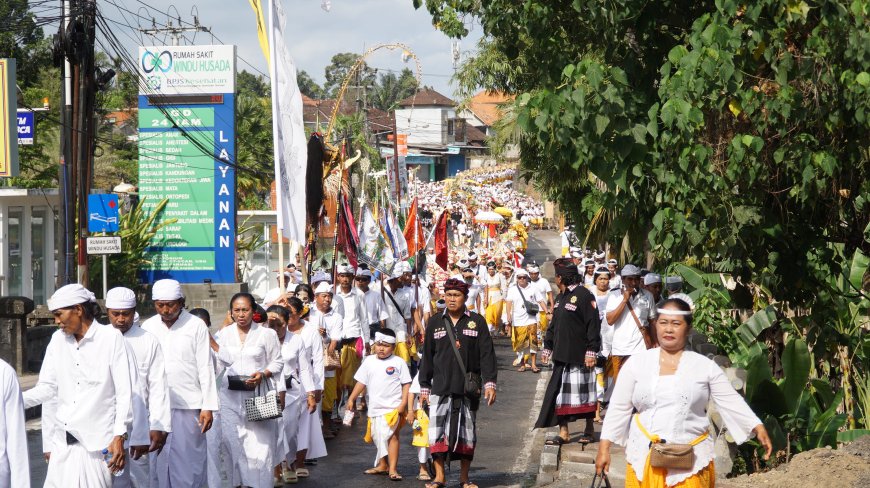
Ayaban Nyenuk Procession (Source: Personal Collection)
Symbolism is a crucial element in every series of ceremonies at Puseh Temple, as each symbol used serves not only as decoration but also carries deep meaning, creating spiritual harmony. For example, the vibrant colors in the traditional attire of the ceremony participants reflect diversity that complements each other, while the holy water used in the processions symbolizes the purification of the soul and the connection between humans, nature, and God. This emphasizes that the uniqueness of traditions at Puseh Temple is not only seen in its aesthetics but also in the role of symbolism in maintaining the spiritual balance of the local community.
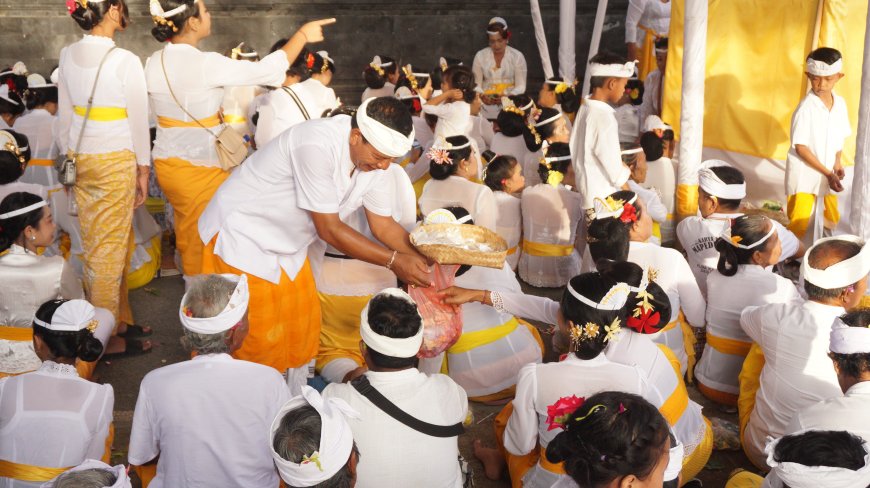
Mendak Agung Procession (Source: Personal Collection)
In the Mendak Agung procession, the large offerings brought to the temple symbolize gratitude for the harvest and prayers for abundance and prosperity. Each component of the offerings, such as rice, flowers, and fruits, carries specific meanings. Rice represents life, flowers represent beauty and purity, while fruits symbolize abundance and gratitude.
During the Ayaban Nyenuk procession, the use of vibrant colors in the participants’ attire symbolizes harmony in diversity. The procession from Catus Pata to Pura Puseh reflects a spiritual journey toward purity. Every step in this procession is filled with prayers and hymns that connect humans with the Creator.
